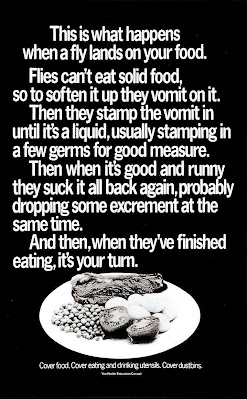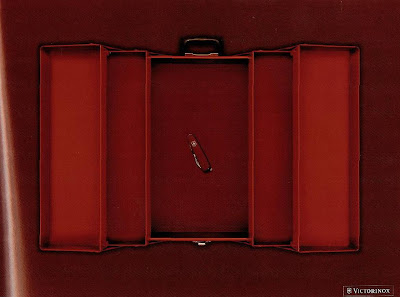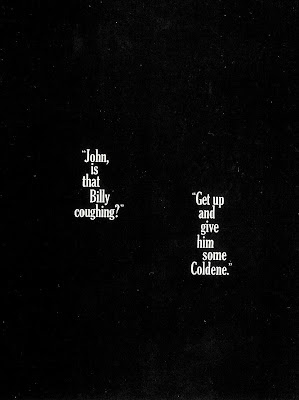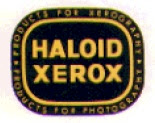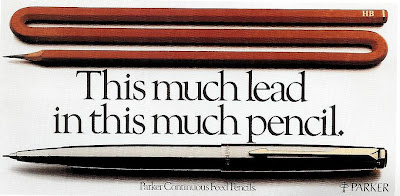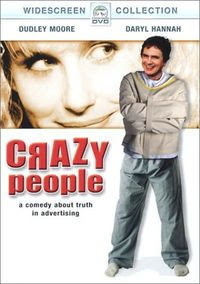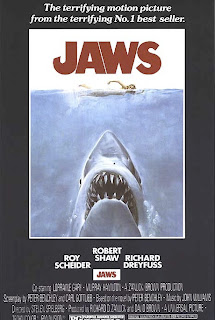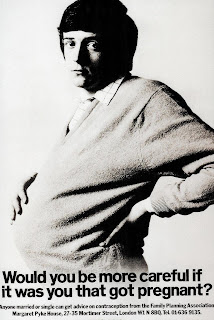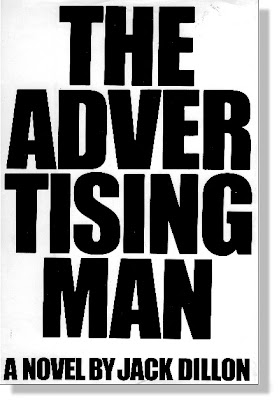You know advertising has a problem as an industry when even a prostitute gets to be romanticized as a principled, compassionate individual (Julia Robert's recruitment film for the skin trade, "Pretty Woman."), yet we continue to be blamed for all that's wrong with modern society. In the eyes of Hollywood, we're talentless hacks at best, professional liars at worst and materialistic fools at the least. Yes, there are rare exceptions, but generally, when someone in the movies works in advertising, you instantly know that person is going to be either vapid, vain, materialistic, manipulative, unethical, back-stabbing, glad-handing, one sedative away from a nervous breakdown, or a combo platter of all the above. And then there's "Crazy People," the 1990 movie that not only features every cliche above, but manages to wrap them into a smug screed about the dishonesty of modern marketing. "Crazy People," purports to expose advertising as an indu...
